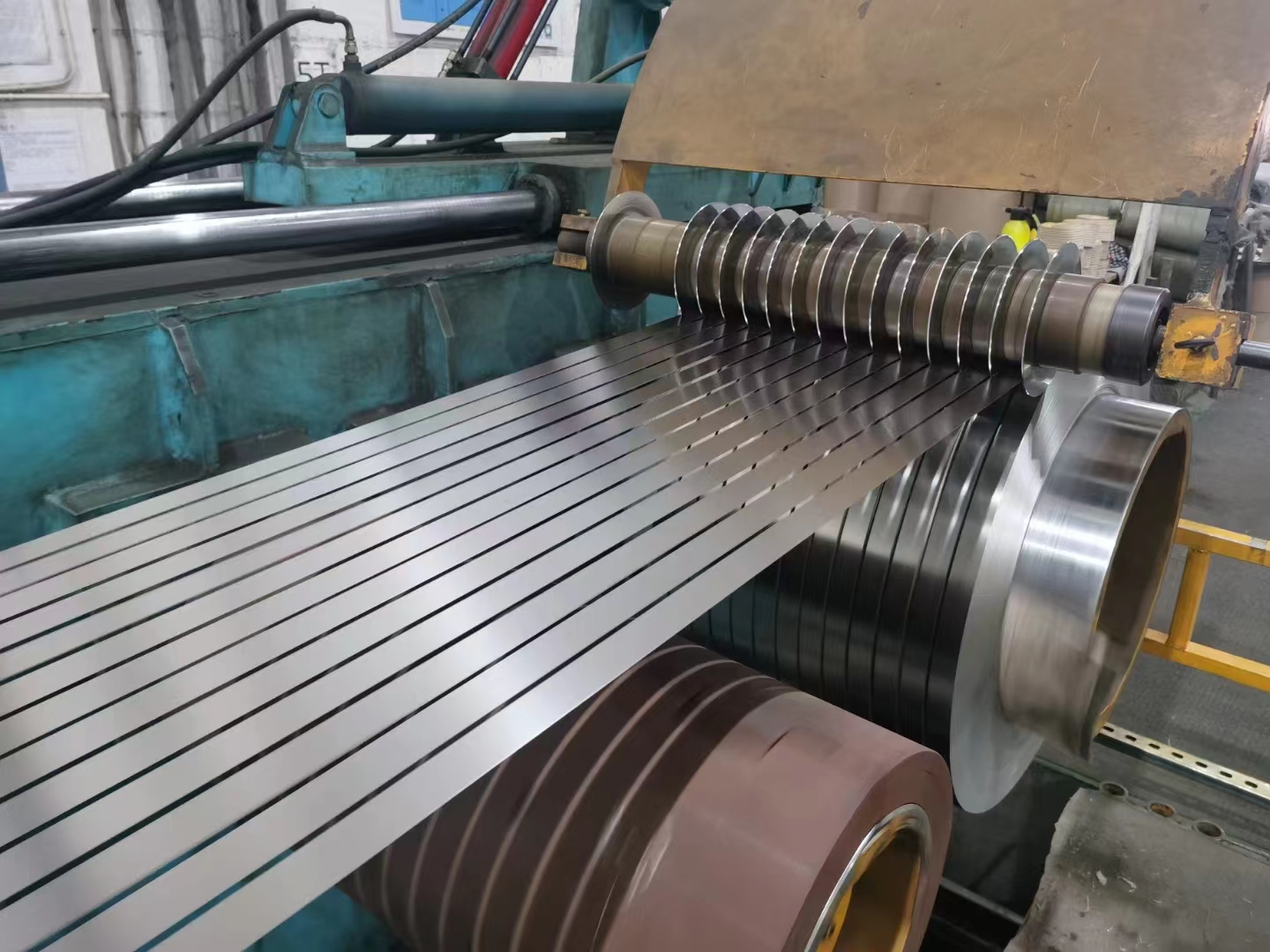Understanding the Performance Variability of Stainless Steel Strips
When it comes to stainless steel strips, not all grades are created equal. The performance of these strips can vary significantly based on their composition and treatment. For instance, austenitic stainless steel strips are known for their excellent corrosion resistance and formability, making them ideal for applications in the food and beverage industry. On the other hand, ferritic stainless steel strips, while less expensive, may not offer the same level of durability. As a leading stainless steel strip manufacturer, Jindalai Steel Group Co., Ltd. understands that selecting the right grade is crucial for achieving optimal performance in your specific application.
The Art and Science of Producing Stainless Steel Strips
The production process of stainless steel strips is a fascinating blend of art and science. It begins with the careful selection of raw materials, followed by melting and refining to achieve the desired chemical composition. Once the molten steel is cast into slabs, it undergoes hot rolling to form strips of varying thicknesses. After that, cold rolling is employed to enhance the surface finish and dimensional accuracy. Finally, the strips are annealed and pickled to remove any oxides and impurities. This meticulous process ensures that Jindalai Steel Group Co., Ltd. can deliver high-quality stainless steel strips that meet the rigorous standards of various industries.
Distinguishing Surface Conditions of Stainless Steel Strips
When evaluating stainless steel strips, one must pay close attention to their surface conditions. The surface finish can significantly impact both aesthetics and functionality. Common surface conditions include 2B, BA, and No. 4 finishes, each offering different levels of reflectivity and texture. For example, a No. 4 finish is often preferred for kitchen appliances due to its attractive appearance and resistance to fingerprints. As a reputable stainless steel strip supplier, Jindalai Steel Group Co., Ltd. provides a range of surface finishes to cater to diverse customer needs, ensuring that you find the perfect match for your project.
Applications of Stainless Steel Strips: A World of Possibilities
Stainless steel strips are incredibly versatile and find applications across various industries. From automotive components to architectural elements, these strips play a vital role in modern manufacturing. In the construction sector, stainless steel strips are used for cladding and roofing, providing both durability and aesthetic appeal. In the medical field, they are essential for manufacturing surgical instruments and equipment. The adaptability of stainless steel strips makes them a favorite among engineers and designers alike. Jindalai Steel Group Co., Ltd. is proud to be a leading stainless steel strip producer, supplying high-quality products that meet the demands of an ever-evolving market.
Conclusion: The Future of Stainless Steel Strips
As we look to the future, the demand for stainless steel strips is expected to grow, driven by advancements in technology and an increasing focus on sustainability. Manufacturers like Jindalai Steel Group Co., Ltd. are committed to innovation and quality, ensuring that their stainless steel strips not only meet current standards but also pave the way for future applications. Whether you’re in need of stainless steel strips for construction, automotive, or any other industry, partnering with a reliable supplier can make all the difference. So, the next time you marvel at a sleek kitchen appliance or a sturdy building, remember the unsung heroes behind the scenes: stainless steel strips.
Post time: Aug-18-2025









